RSS



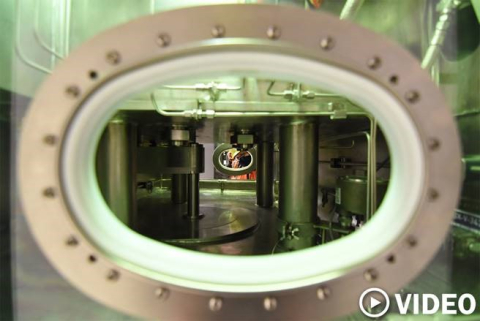
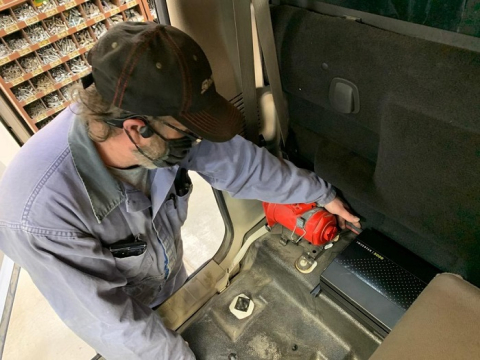
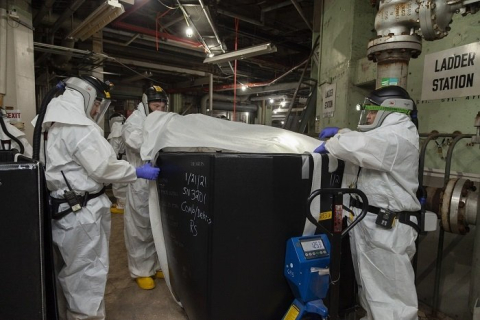
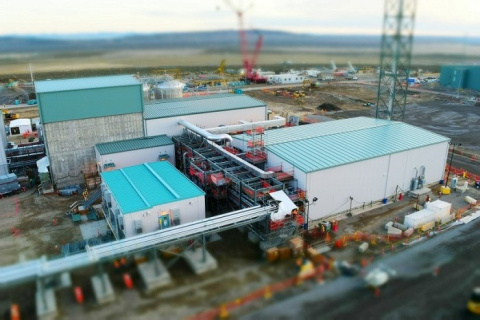
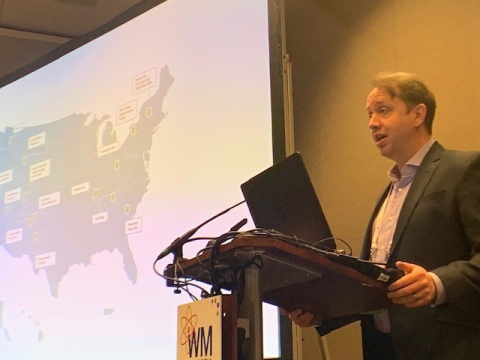
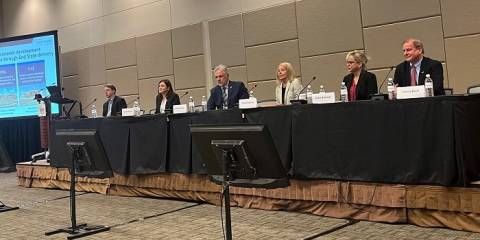
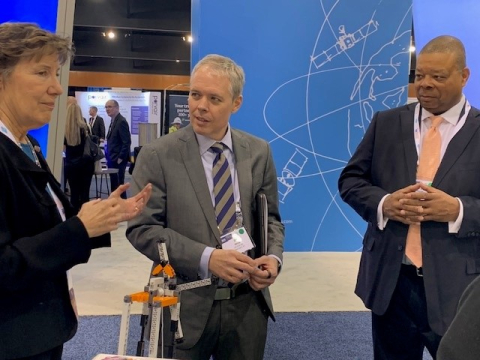

Energy Secretary Jennifer Granholm recently joined representatives of three tribes near the Hanford Site for a series of meetings to discuss a variety of topics, from contracting opportunities with DOE to protection of wildlife and natural resources.
EM and its contractor partners at the Hanford Site recently hosted an online job fair that attracted more than 1,500 participants.
The wheels on the bus go round and round, but soon you can see just where in town they are going.

View this video about how laboratory technicians at the Hanford Site’s Waste Treatment and Immobilization Plant have been building proficiency in using a system that will safely transfer samples of radioactive waste.
An innovative team of truck drivers, engineers, mechanics and others has revamped trucks to make them more functional while transporting samples to support the tank waste mission at the Hanford Site.
EM recently awarded Oak Ridge cleanup contractor UCOR $24.7 million for its performance from April 2021 through October 2021, amounting to 98% of the available fee for the evaluation period.
EM’s Office of River Protection awarded Waste Treatment and Immobilization Plant (WTP) contractor Bechtel National, Inc. (BNI) approximately $5.8 million, about 74% of the available fee for work performed during the 2021 calendar year.
The future for EM success will be determined as much by engaging with communities and stakeholders as it will in solving technical challenges, program leaders told an audience at the 2022 Waste Management Symposia last week.
Federal and contractor leaders from Oak Ridge gathered with their community partners to highlight recent cleanup successes and discuss the future of the site in a series of panels at the 2022 Waste Management Symposia last week.

EM Senior Advisor William “Ike” White visits the STEM Zone exhibit at the 2022 Waste Management Symposia.

